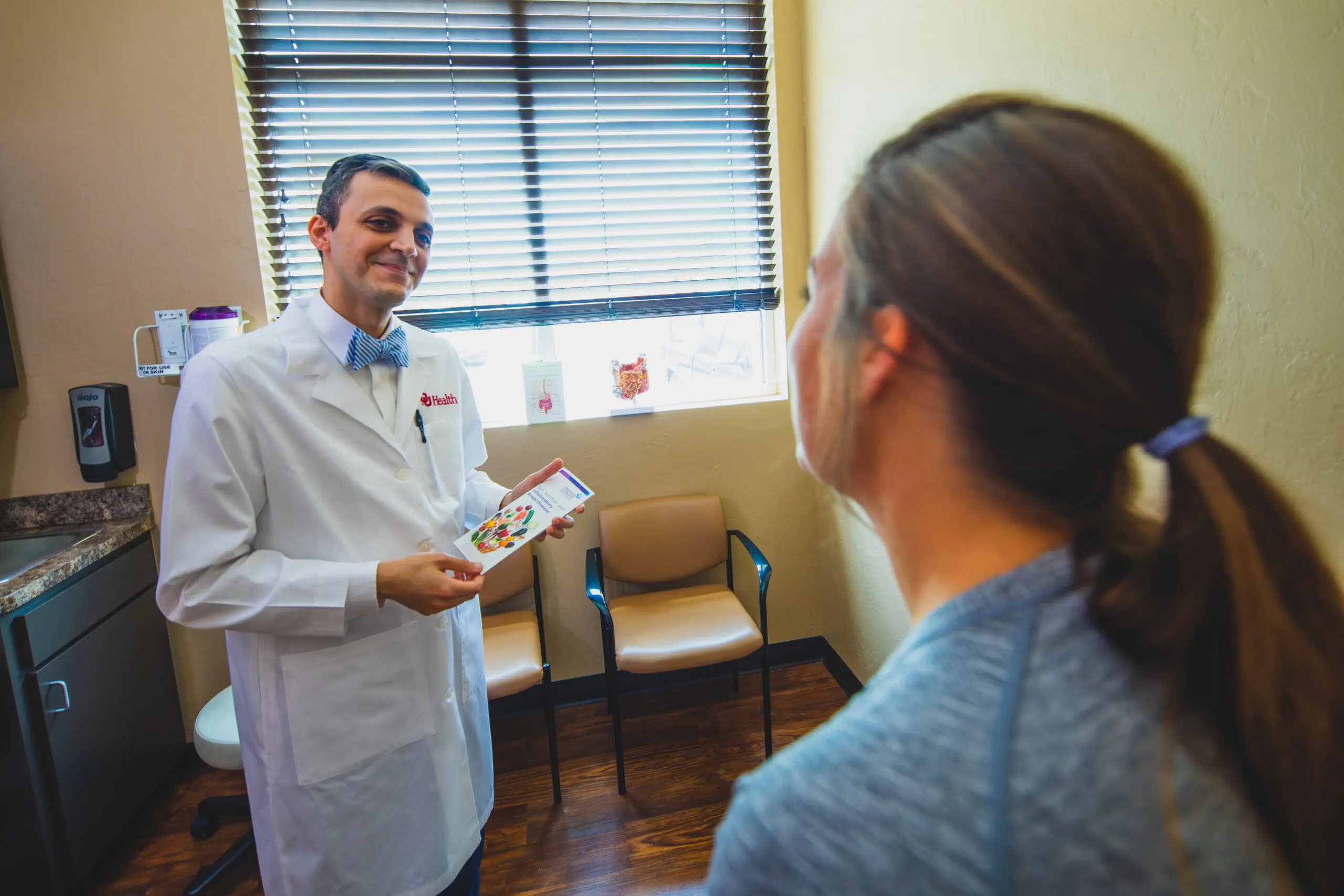
[dropcap]Those[/dropcap] who have visited the Center of the Universe in downtown Tulsa in the past year are already familiar with Grace Grothaus Grimm’s art, even if they may not realize it.
Grimm teamed with artist Geoffrey Hicks to create “Trace,” a series of 300 brick-like pavers that use solar panels to power their illumination. They glow white on and off, then bright blue when a person steps on that paver and stays on to show that person’s path.
The public art piece, on Boston Avenue just south of Archer Street, is a blend of technology and tactile experience, an important element of Grimm’s work. She works with a combination of digital techniques and more traditional methods, which she describes as analog, to create art that raises questions about the digital shift in society.
“I was trained classically in drawing and painting growing up, as well as sculpture; as the years went by, technology became more and more part of our lives,” she says. “I’m lucky enough to have been born in ’85, so I knew life before the internet and saw how it changed everything for all of us.”
In addition to her public art, Grimm also creates new media works that use translucent panels, paint and lighting, but the traditional processes are an important part of her work.
“They still include paint on a translucent panel, and then I create something that on the surface looks like it could perhaps be a video or a computer screen, and if you unplug it, just like a computer screen, it goes dark,” she says. “But it’s actually made with mostly analog techniques. It’s all about that blend. I think my medium should echo my message, and so because I’m talking about that shift, I do both.”

The analog techniques allow Grimm to take advantage of the benefits of digital tools while keeping what makes hand-created art special.
“We prefer the organic a bit less, or rather it just takes place less,” she says. “Digital tools tend toward [photo-edited] perfection. With things being perfect and easy, we lose some of that messiness of doing things by hand. I think we lost a little bit of the wildness.”
Grimm also enjoys learning new concepts or revisiting skills she hasn’t used in a while. She’s brushing up on her skills for a project where she will rewire sculptures so they change in lighting as people come close to them. The pieces will be arranged in a space so each sculpture interacts with others as well as the public, but she says it may be some time before the work debuts.
While the media she uses for different projects may vary, Grimm’s main focus is to make people think about themes in her work.
“I think there’s a moment of wonder I’m able to create, and I lure people in with that moment of wonder,” she says. “There’s a quality to my work that’s inexplicable at first, and that invites questions. I hope people will walk through that doorway and ask questions of themselves or have a dialog with each other or talk to me about it.”
























